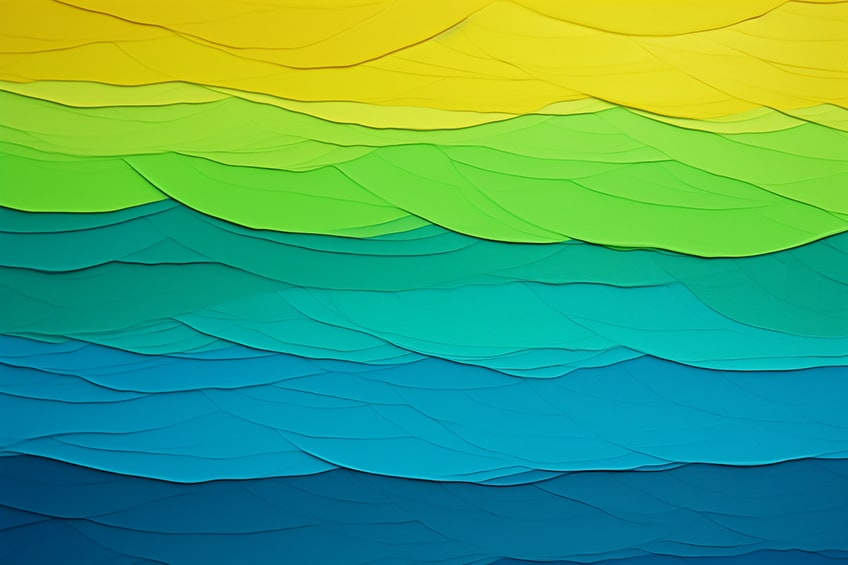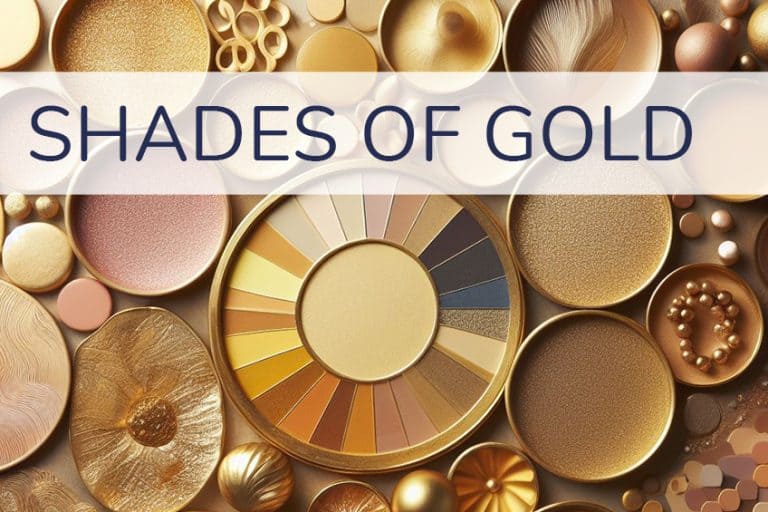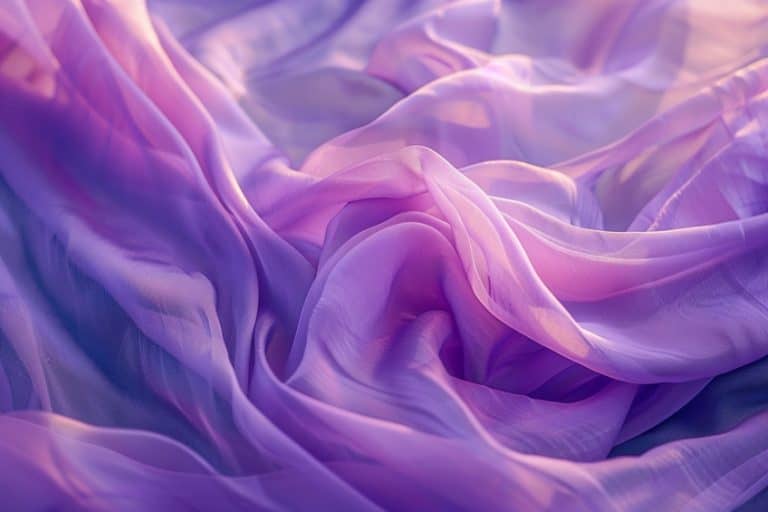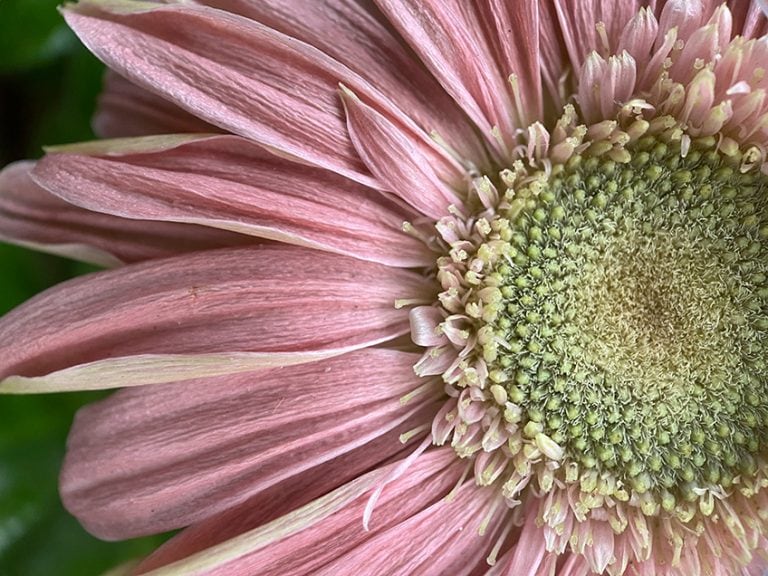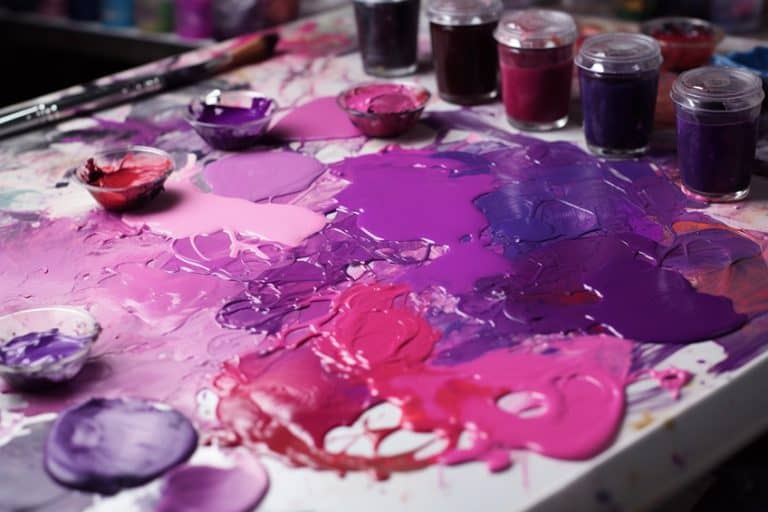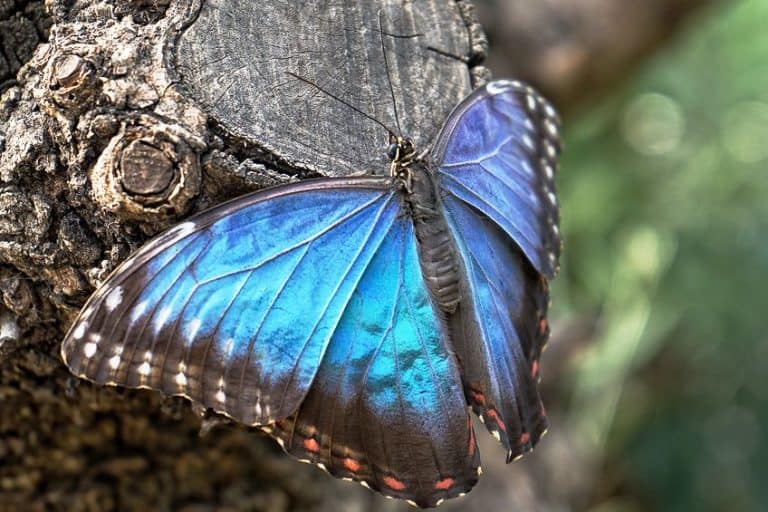What Does Blue and Yellow Make? – Mixing Shades of Green
If you place yellow and blue next to each other, they tend to produce a vibrant combination. However, these separate colors are great on their own too, but what do blue and yellow make? You might have learned the answer to this question at school, but there is a little bit more to it when you consider more than simple paint mixtures. To find out what we mean, read further to find out what happens when you mix blue and yellow.
What Does Blue and Yellow Make?
When you mix yellow and blue, you will produce a secondary color. In this case, it is green. Other secondary colors include orange, which is a combination of red and yellow, and purple, which is a combination of red and blue.

| Shade | Hex Code | CMYK Color Code (%) | RGB Color Code | Color |
| Green | #00ff00 | 100, 0, 100, 0 | 0, 255, 0 |
Mixing Results for Different Shades of Yellow and Blue
| Blue Shade | Yellow Shade | Mixed Color |
|---|---|---|
| #0000FF | #FFFF00 | #7f7f7f |
| #0000FF | #CCCC00 | #66667f |
| #0000FF | #999900 | #4c4c7f |
| #0000FF | #666600 | #33337f |
| #0000CD | #FFFF00 | #7f7f66 |
| #0000CD | #CCCC00 | #666666 |
| #0000CD | #999900 | #4c4c66 |
| #0000CD | #666600 | #333366 |
| #00008B | #FFFF00 | #7f7f45 |
| #00008B | #CCCC00 | #666645 |
| #00008B | #999900 | #4c4c45 |
| #00008B | #666600 | #333345 |
| #191970 | #FFFF00 | #8c8c38 |
| #191970 | #CCCC00 | #727238 |
| #191970 | #999900 | #595938 |
| #191970 | #666600 | #3f3f38 |
Why Mixing With Green Paint Can Be Challenging
If you have been painting for some time, you might have noticed that when mixing colors, it does not always turn out to be the color you expected. When mixing certain yellow and blue paints, you might have created a muddy brown-green color. Why does this happen? The answer is fairly simple; when you purchase your blue or yellow paint, it is more than likely not a pure version of these colors.
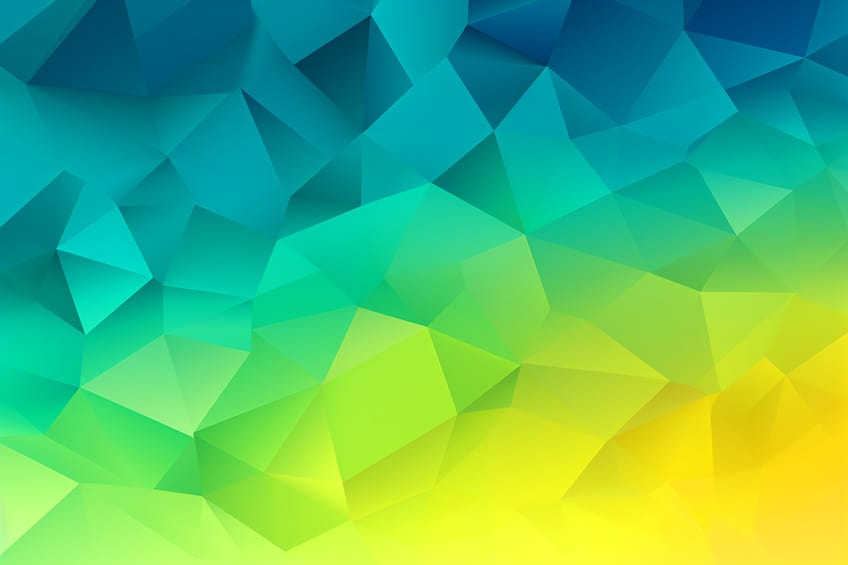
Many of the paint colors can have what is known as a color bias. This means that a particular blue or yellow paint color can lean toward another hue and has an undertone.
So, if you have blue paint with reddish undertones, it means that you now have all three primary colors in the mix with yellow. If you know your color theory, you will also realize that when you mix all three primary colors, you will get a darkish, muddy color. This is great to know if you are looking to tone a color down, but not if you are looking to create a more vibrant green. For example, ultramarine blue is an example of a warm blue and has purple undertones, meaning there is some red in the mix.
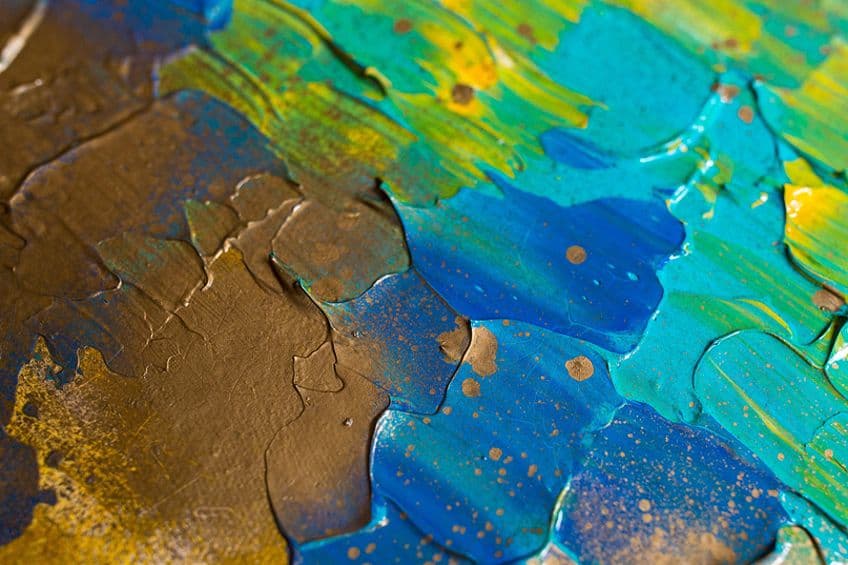
Lemon yellow is an example of a cool yellow as it contains a green bias. So, if you are looking to create a vibrant green, consider mixing colors with a similar color bias. For example, take a cool yellow and mix it with a cool blue that also has a green bias, such as Phthalo blue. However, to get more experience with mixing colors, it can be fun to mix a variety of different blues and yellows to see what happens.
Lighter and Darker Shades of Green
As with any color, there are also many shades of green from lighter to darker versions. Making tints of green means adding a little white paint to make the green lighter in color. You can also consider adding a little yellow paint to brighten the whole effect. To make green paint darker means you will be creating a shade of green. You can do this by adding very small amounts of black paint but be careful as the dark color can easily overwhelm the green.
Instead, try adding more blue to deepen the green.
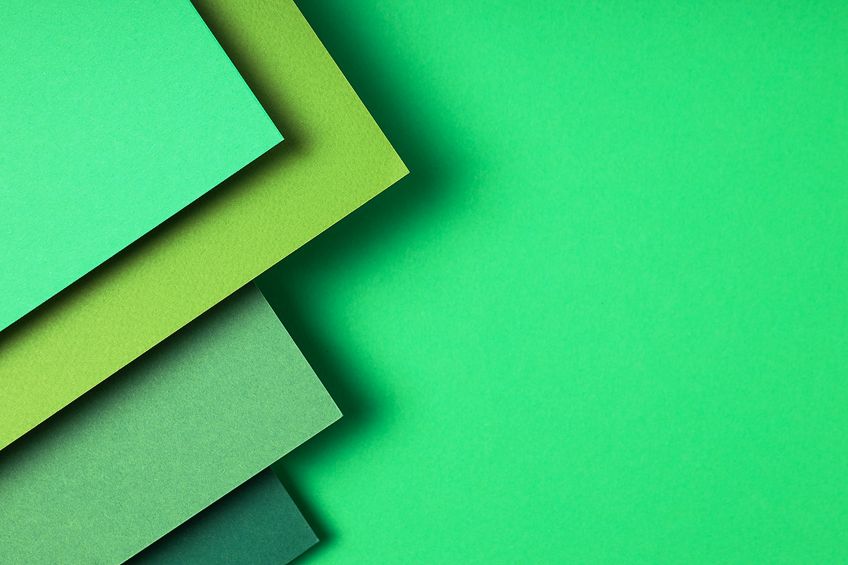
What colors go with green? Green is just as versatile as blue and goes with most colors. However, it works best with other shades of green, blue, and other more neutral colors like white. Various shades of red and purple will create a beautiful contrast.
Understanding Yellow and Blue Within Other Color Systems
We have briefly discussed the traditional color model used for paints. However, there are more modern color models used today. These include the RGB (red, green, blue) color model that is used for graphics on your computer or television screen. When colors mix here, it is light that is being combined. The primary colors for this system involve red, green, and blue, which means your secondary colors will be cyan, magenta, and yellow.
Colors are formed by adding light and making it brighter, also known as an additive color model. When you combine all three of the primary light colors, you will create white light.
Do blue and yellow go together? When considering an RGB color wheel, you can see that both colors are located opposite the other.
This results in the colors being complementary, which also makes them contrasting colors. Yellow will be located somewhere between green and red on the color wheel. In the table below, are examples of yellow, blue, and green, which can be identified by each color’s hex code. For graphic designers, it is also important to know what the color composition is, which you will find under the RGB color code. There are also many variations of these colors, each color having its own hex code.
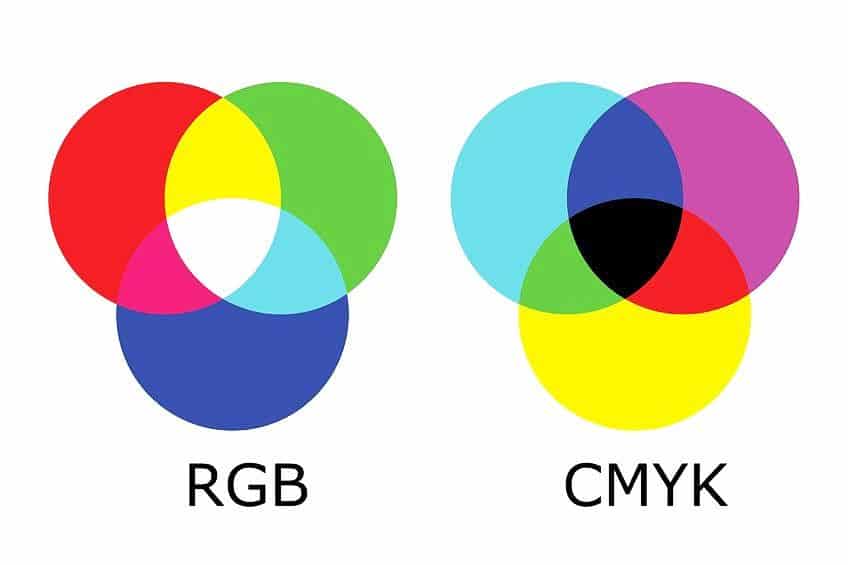
| Shade | Hex Code | CMYK Color Code (%) | RGB Color Code | Color |
| Yellow | #ffff00 | 0, 0, 100, 0 | 255, 255, 0 | |
| Blue | #0000ff | 100, 100, 0, 0 | 0, 0, 255 | |
| Green | #00ff00 | 100, 0, 100, 0 | 0, 255, 0 |
There is also the CMYK (cyan, magenta, yellow and black) color code. This system is mainly used for ink and printing purposes. Although, many painters favor this system over the more traditional RYB color model. In this model, the primary colors include cyan, magenta, and yellow. The secondary colors formed are then red, green, and blue. This system also uses subtractive color mixing.
Yellow and Blue in Art and Design
When using any color, you should be aware of your audience and the color meanings. Yellow is a vibrant and energetic color, so is perfect for those designs that need to capture your attention. You can use paler shades for a more subdued effect, but they still provide a sense of positivity and warmth. When it comes to interior design, again, yellow can provide warmth and energy to a space. You can include yellow to provide a sense of joy and optimism, which can be used in any room in the home.
However, use it more wisely in areas like the bedroom, where you do not want to provide too much energy, so it would work better as an accent color.
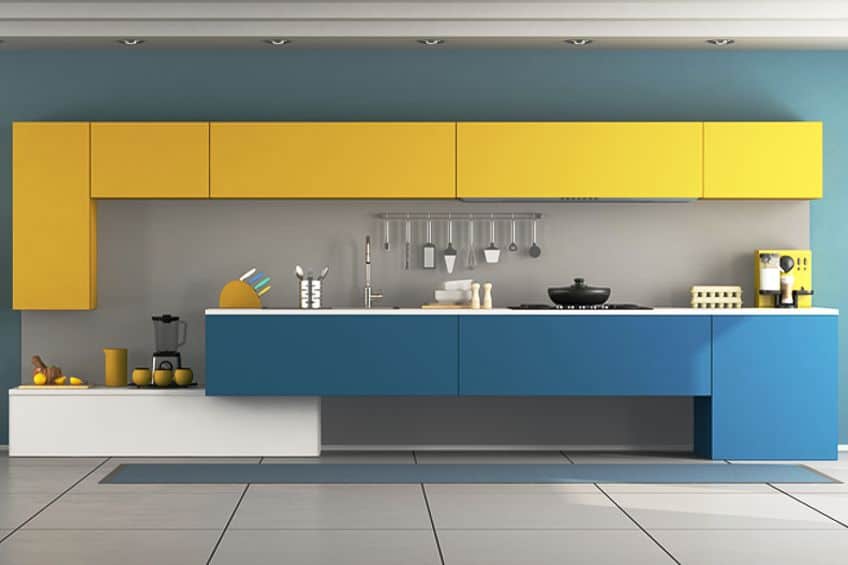
Blue is cool and is a great color to communicate calmness and trustworthiness in designs. Blue also portrays a sense of professionalism, authority, and dependability. Blue is a popular color for banks and tech brands. Interior designs with blue are also calming, which makes it a great color for spaces like bedrooms. However, blue is very versatile and can be used in any room.
Green in Art and Design
Green, as we have learned, is closely associated with nature, and can provide both calming and energizing effects. Green is often used in paintings because of its connection with growth, freshness, and the natural world. The color is also nice to look at and relaxing to the eye because of its wavelength.
Green is most often used in landscape paintings, for example, the painting done by Vincent van Gogh, Green Fields (1889). A great example of how green is used to create a tranquil setting. Using green in any type of design project is a safe option, even if it is used as your main color. Brands often use green because of its association with health and sustainability.
You also cannot go wrong with using different shades of green for interior designs, as it is a great color to relieve stress.
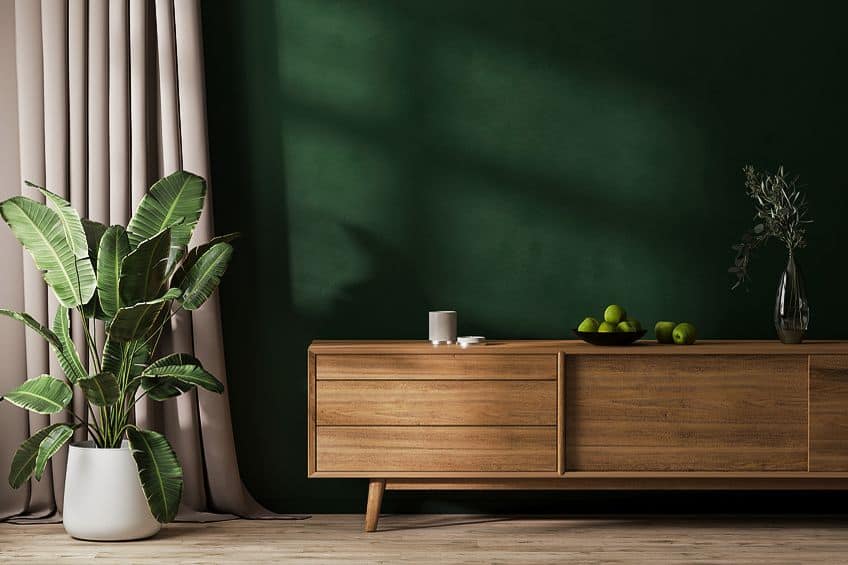
Different shades of green can also offer different effects, for example, lighter shades of green, are ideal for larger rooms and can be utilized as a neutral color. This is perfect for rooms like the living areas or the kitchen. Darker shades of green can provide more drama to a space and are great for any room, even the bedroom. You can also use green in bathrooms and even office spaces to great effect, especially when combined with natural dark wood elements.
when focusing on paint pigments, we have learned that blue and yellow make green. Even this simple combination can get tricky because you have different types of blue and yellow paints. So, to get a better understanding, it is a great idea to experiment with mixing colors, to learn and see what happens. We hope that this article will help you along your journey of discovery.
Frequently Asked Questions
What Does Blue and Yellow Make?
In the traditional color model, yellow and blue are both primary colors that when mixed, create green. When looking at the printing or CMYK color model, cyan and magenta make blue, while yellow and cyan make green. In the RGB color model, red and green will create yellow, while blue is a primary color.
What Color Goes With Blue and Yellow?
Blue is quite a versatile color that goes with most other colors, while yellow tends to stand out a bit more and works best with softer shades of yellow and neutral colors like white. However, do blue and yellow go together? Yes, they are complementary colors, meaning that they contrast with one another and can be used effectively in a balanced color palette.
What Is the Complementary Color for Green?
There are slightly different answers to this question when looking at the various color models. When it comes to traditional paint colors, the complementary hue for green will be red. When you look at the light spectrum, which uses the RGB color model, the complementary color is magenta.
In 2005, Charlene completed her Wellness Diplomas in Therapeutic Aromatherapy and Reflexology from the International School of Reflexology and Meridian Therapy. She worked for a company offering corporate wellness programs for a couple of years, before opening up her own therapy practice. It was in 2015 that a friend, who was a digital marketer, asked her to join her company as a content creator, and this is where she found her excitement for writing.
Since joining the content writing world, she has gained a lot of experience over the years writing on a diverse selection of topics, from beauty, health, wellness, travel, and more. Due to various circumstances, she had to close her therapy practice and is now a full-time freelance writer. Being a creative person, she could not pass up the opportunity to contribute to the Art in Context team, where is was in her element, writing about a variety of art and craft topics. Contributing articles for over three years now, her knowledge in this area has grown, and she has gotten to explore her creativity and improve her research and writing skills.
Charlene Lewis has been working for artincontext.org since the relaunch in 2020. She is an experienced writer and mainly focuses on the topics of color theory, painting and drawing.
Learn more about Charlene Lewis and the Art in Context Team.
Cite this Article
Charlene, Lewis, “What Does Blue and Yellow Make? – Mixing Shades of Green.” Art in Context. August 15, 2023. URL: https://artincontext.org/what-does-blue-and-yellow-make/
Lewis, C. (2023, 15 August). What Does Blue and Yellow Make? – Mixing Shades of Green. Art in Context. https://artincontext.org/what-does-blue-and-yellow-make/
Lewis, Charlene. “What Does Blue and Yellow Make? – Mixing Shades of Green.” Art in Context, August 15, 2023. https://artincontext.org/what-does-blue-and-yellow-make/.


